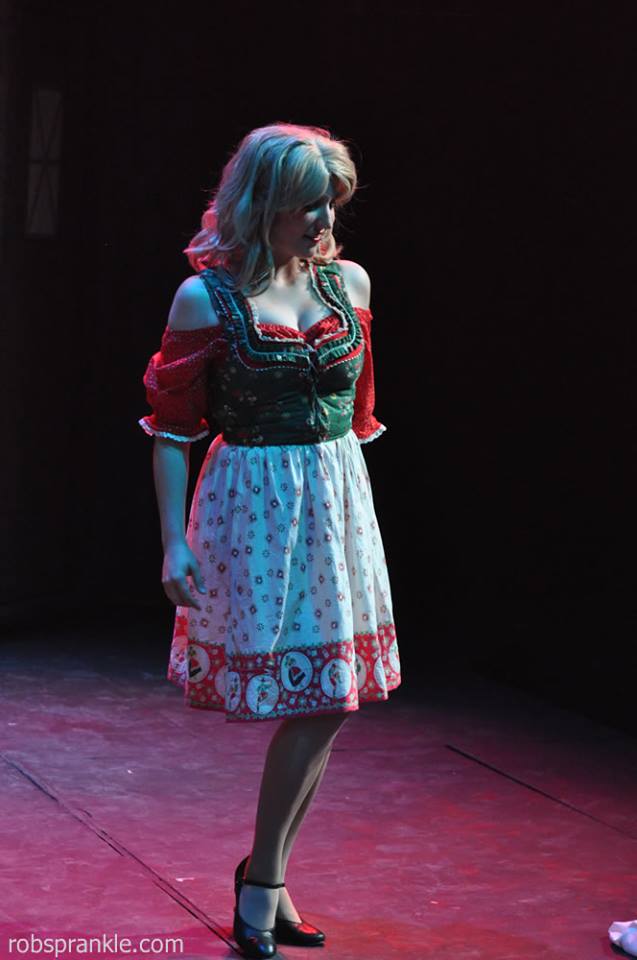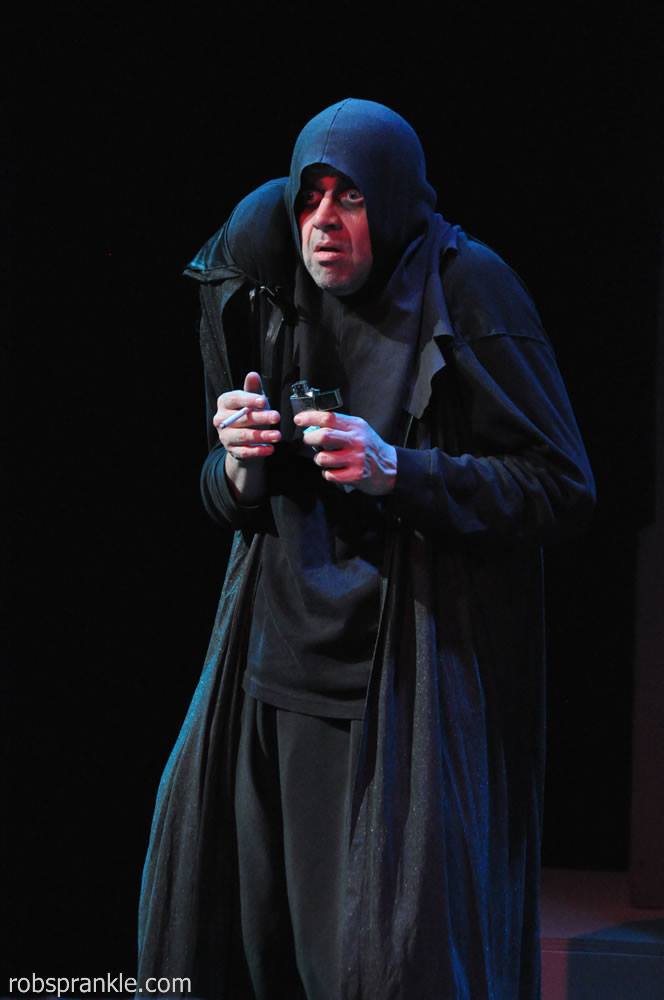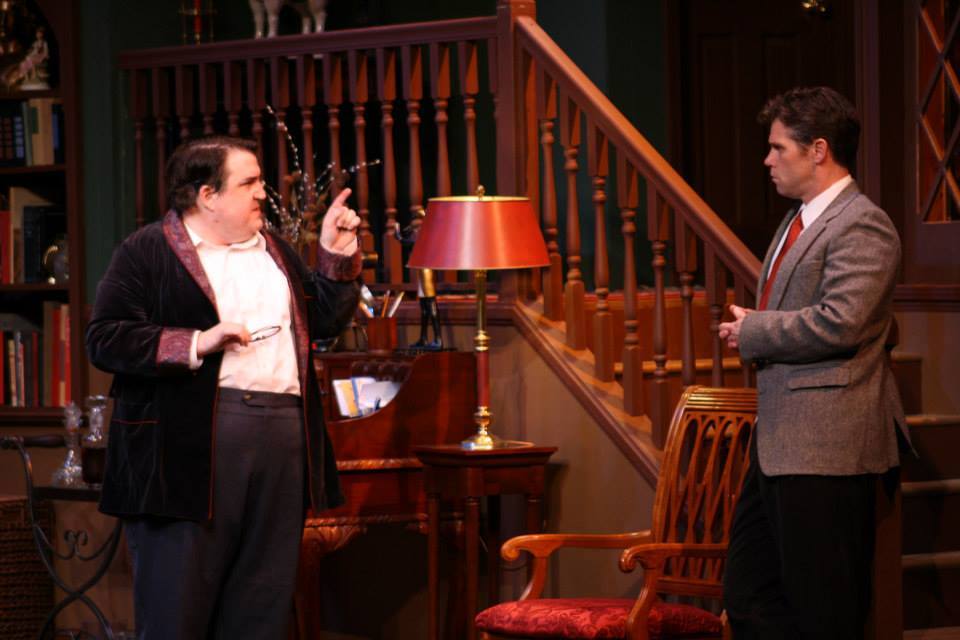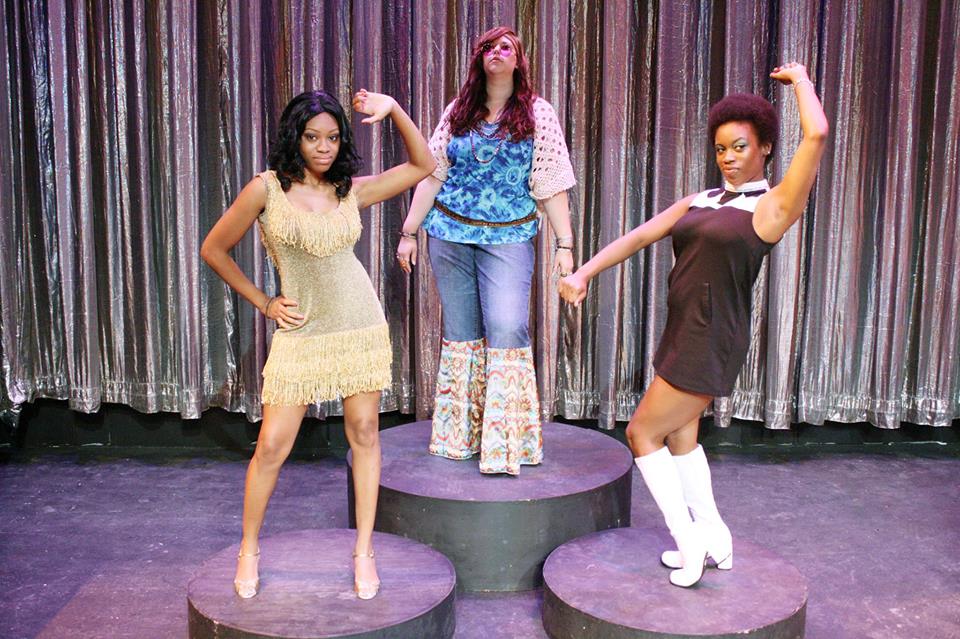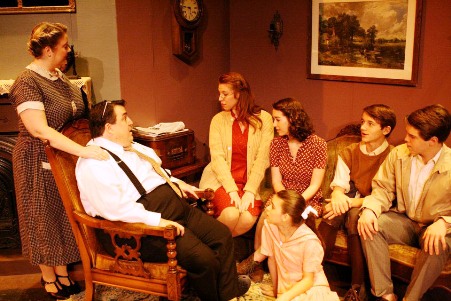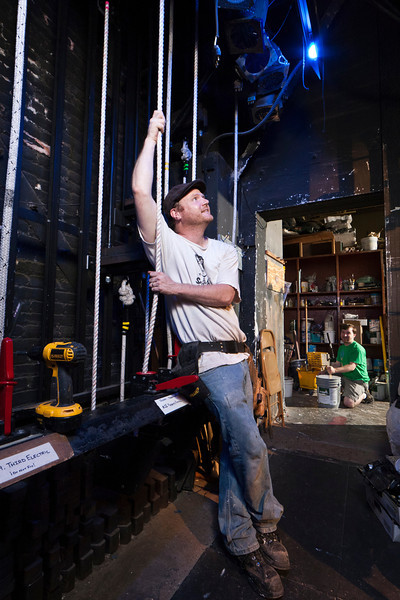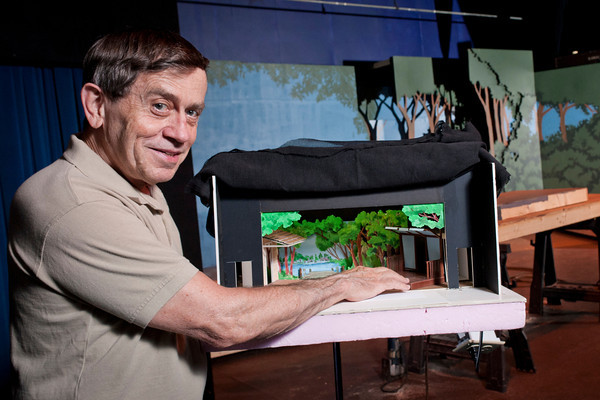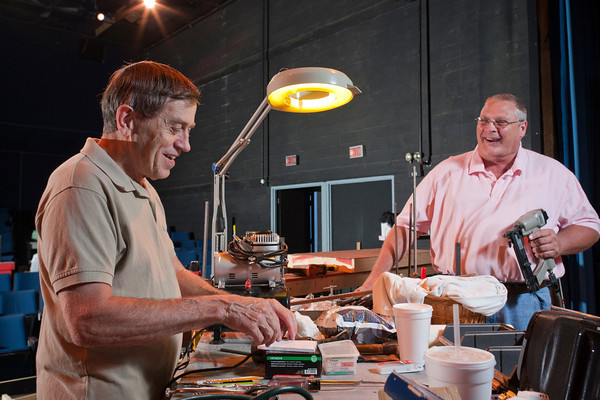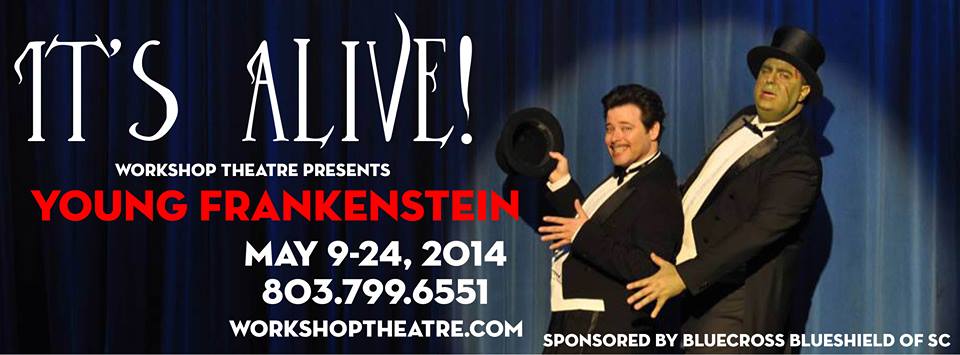 It seems appropriate that the last show ever to be performed by Workshop Theatre at their Gervais and Bull Street location would be Mel Brook’s Young Frankenstein. Emotions surrounding their move to 701 Whaley run high among the Columbia theatre community. Only something silly and fun will do for this occasion. Adapted from the 1974 film of the same name, Young Frankenstein tells the story of Dr. Frederick Frankenstein (pronounced “Fron-ken-steen”!), grandson to that other Frankenstein who terrorized the townsfolk of Transylvania with his monsters for decades.
It seems appropriate that the last show ever to be performed by Workshop Theatre at their Gervais and Bull Street location would be Mel Brook’s Young Frankenstein. Emotions surrounding their move to 701 Whaley run high among the Columbia theatre community. Only something silly and fun will do for this occasion. Adapted from the 1974 film of the same name, Young Frankenstein tells the story of Dr. Frederick Frankenstein (pronounced “Fron-ken-steen”!), grandson to that other Frankenstein who terrorized the townsfolk of Transylvania with his monsters for decades.
Frederick is summoned to Transylvania to claim his inheritance when his Grandfather dies. At first, he has no intention of “joining the family business” of creating monsters, but then he meets Igor (played by Frank Thompson), a masterless hunchbacked stooge who pronounces his name “Eye-gor,” and who softens his resolve in the song "Together Again (for the First Time." A visit from the ghost of his dead grandfather (played by Hunter Boyle), and the temptation of taking on a sultry local by the name of Inga (played by Courtney Selwyn) as his lab assistant remove it altogether. With the assistance of Igor, Inga, and his horse-scaring housekeeper Frau Blucher (played by Elena Martinez-Vidal, he builds a monster that-- you guessed it--ends up terrorizing the village.
This is one of the best put-together casts I’ve seen. Kyle Collins is a delightfully neurotic Dr. Frankenstein, and Thompson is a brilliantly hilarious Igor. Vicky Saye Henderson delivers a standout performance as the Doctor’s madcap socialite fiancée, Elizabeth Benning, who is more than a bit frigid with the good doctor in the song "Please Don't Touch Me." Selwyn is an exciting and relatively new talent, having only one other production under her belt (the recent Ragtime at Trustus.) With impressive vocal chops and other…ahem…assets, she is perfectly cast as Inga, and I look forward to seeing her talent grow in future productions. Martinez-Vidal earned the most laughter as Frau Blucher, sometimes without havingto say a thing. Jason Kinsey is perfectly cast as The Monster, and his “Puttin’ on the Ritz” number does not disappoint.
This is one of those rare Columbia productions that has somehow managed to capture the best of our local talent, and has showcased it fantastically well. Even the ensemble is comprised of actors and actresses whom I’m accustomed to seeing in lead roles. And I’ve never seen a show where the cast is so clearly having such a ridiculous amount of fun.
That’s what this show is. Pure fun. Well, not all that pure. There are plenty of bawdy jokes, songs (such as the song, “Deep Love,” which is referring to exactly what you think it’s referring to) , and silly sight gags. But this is nothing that would surprise anyone who’s ever seen a Mel Brooks film.
Young Frankenstein is a big show, both in cast size, and technically speaking. Randy Strange has done a phenomenal job with the challenging set requirements, most impressively in Dr. Frankenstein’s laboratory. This is a bittersweet compliment, as this is to be Strange’s last show in his decades-long career-- but what a way to go out. What couldn’t possibly be built on such a small stage is created through the clever use of projections by Baxter Engle, also credited as Sound Designer for this show.
Director Chad Henderson, Choreographer Mandy Applegate, and Music Director Tom Beard have created a production that is truly a triple threat. Great direction, great choreography, and great musical talent have come together to make the last show on this stage something truly special. Young Frankenstein runs though Saturday, May 24; contact the box office at 803-799-6551, or visit www.workshoptheatre.com for ticket information.



